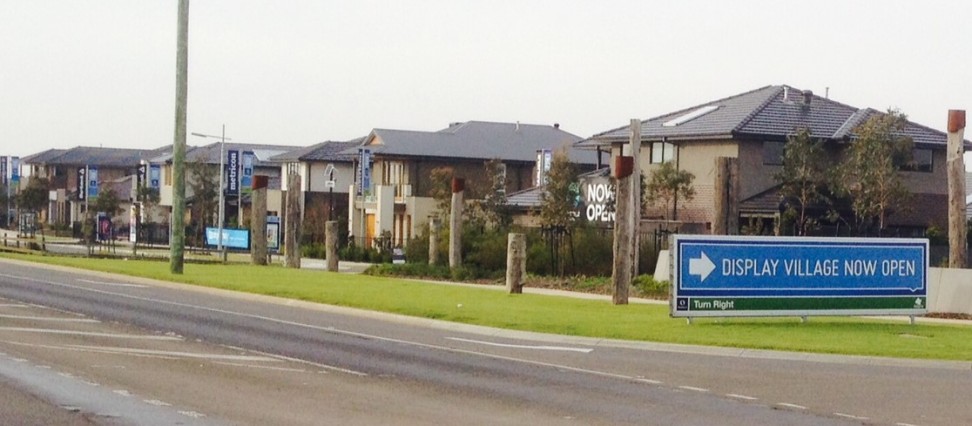Taking a Mortgage Repayment Holiday
Have you hit trouble keeping up with your new home mortgage payments?
Even the most careful planners can face financial trouble when something unexpected occurs.
The good news is that you may be able to qualify for a repayment holiday. Here’s some advice about putting your mortgage on hold while you deal with a financial emergency.
What Is a Repayment Holiday?
A repayment holiday is a period during which you do not make mortgage payments.
The most common reason to request that payments be paused is the loss of a job. Some people ask a lender to pause their mortgage payments during maternity leave or an extended trip.
While mortgage payments may be put on hold during a repayment holiday, borrowers also have the option to pay a reduced amount during this period. . . . . This option is ideal when a person experiences a reduction in income without completely losing their source of income.
Applying For A Repayment Holiday
You’ll have to contact your mortgage lender to apply for a repayment holiday.
If you have been making extra payments to pay off your mortgage more quickly, it will be easier to take a repayment holiday, as you’ll essentially be cashing in on the extra payments that you’ve already made.
However, people who have not made extra payments on their mortgage will have to prove hardship in order to qualify for a repayment holiday.
Get expert advice for a repayment holiday feature for your home loan from mortgagechoice.com.au.
Costs Of Pausing Mortgage Payments
It is important for you to understand that you’ll be paying a price if you opt for a repayment holiday.
Interest continues to accumulate during this period. This interest will be added to the total amount that you owe on your mortgage, so you’ll end up paying interest on the interest in the end.
Taking even a short repayment holiday can increase your monthly payments over the life of the loan.
While the amount added to your monthly payment may be small, the total extra amount you’ll be paying adds up quickly.
For example:
Imagine that you take a repayment holiday for six months after paying your mortgage down for a year.
This short pause can add $50 or more to your monthly mortgage payment.
If you started with a 30-year mortgage, you could be adding over $17,000 to the total cost of your home.
The high cost of taking a repayment holiday makes it ideal for homeowners to opt for a reduction in repayments rather than a full pause of their payments.
You can minimise the financial hit associated with pausing your payments by paying as much as you can each month.
Taking a repayment holiday from your mortgage can help you get through a tough financial situation, but you should remember that there are costs associated with this option.
Contact your lender immediately if you are experiencing a financial hardship. Your lender can help you determine the best option for keeping your mortgage in good standing while you work through your situation.
This article was written courtesy of Mortgage Choice.
